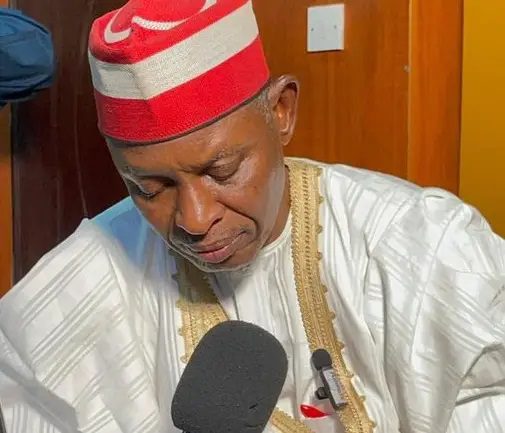OpenAI has recently introduced a new tool called Sora that can create videos. However, they have decided not to make one of its important features available to most users just yet because they want to test it more thoroughly first.
This specific feature allows users to generate a video based on a photo or video of a real person. OpenAI mentioned that only a small group of Sora users will be allowed to use this feature initially. They want to take their time to ensure that it is safe and responsible before making it available to everyone. In a blog post, OpenAI explained that using a real person’s image as a starting point for a video could be misused in harmful ways, so they want to be careful and learn from how people use the tool in its early stages. They have received feedback from artists who find this feature to be a powerful creative tool, but they are cautious about the potential for abuse.
Additionally, OpenAI has decided that users won’t be able to share videos that include real people on Sora’s public homepage. Rohan Sahai, who leads the Sora project, explained during a live presentation that OpenAI is aware of the challenges they face in preventing illegal activities while also allowing for creative expression. He acknowledged that they might not get everything perfect right away and encouraged users to provide feedback if they notice any issues.
The ability to create videos using real images raises significant concerns, especially regarding deepfakes and misinformation. A report indicated that deepfake-related fraud has increased dramatically over the past year. To combat potential misuse, Sora includes a filter that checks if a generated video features someone under 18 years old. If it does, OpenAI applies stricter rules to monitor content related to sexual, violent, or self-harm themes.
Every video created with Sora includes metadata that shows where it came from, following a technical standard called C2PA. While this metadata can be removed, OpenAI believes it will help platforms that support C2PA quickly identify whether a video was made with Sora.
To address copyright concerns, OpenAI is implementing a system called “prompt re-writing.” This means that if a user tries to create a video in the style of a living artist, the system will intervene and prevent that from happening. OpenAI recognizes that creativity often involves drawing inspiration from other artists, but they also understand that some creators may feel uncomfortable about their styles being replicated without permission.
Read Also: AGI Test Is Near Solution — But It Might Have Issues
There have been several lawsuits against AI companies, including OpenAI, from artists who claim that their work has been used without consent to train AI tools. These companies argue that they are protected under the fair use doctrine and that their AI models do not simply copy existing works.
When it comes to how Sora was developed, OpenAI has not provided specific details. They have stated that Sora was created using a variety of datasets, including publicly available information, proprietary data from partnerships, and custom data they developed internally. Earlier this year, a former OpenAI executive hinted that Sora may have been trained using YouTube videos, which could violate YouTube’s usage policies.
According to video blogger Marques Brownlee, who had an early look at Sora, the tool can create different versions of video clips based on text prompts or images. It also has features that allow users to edit existing videos. The tool includes a Storyboard interface for organizing video sequences, a Blend tool to combine two videos into one, and options to loop or re-edit videos.
Currently, only subscribers to OpenAI’s ChatGPT Pro and Plus plans can access Sora, and this is limited to users in specific countries.





